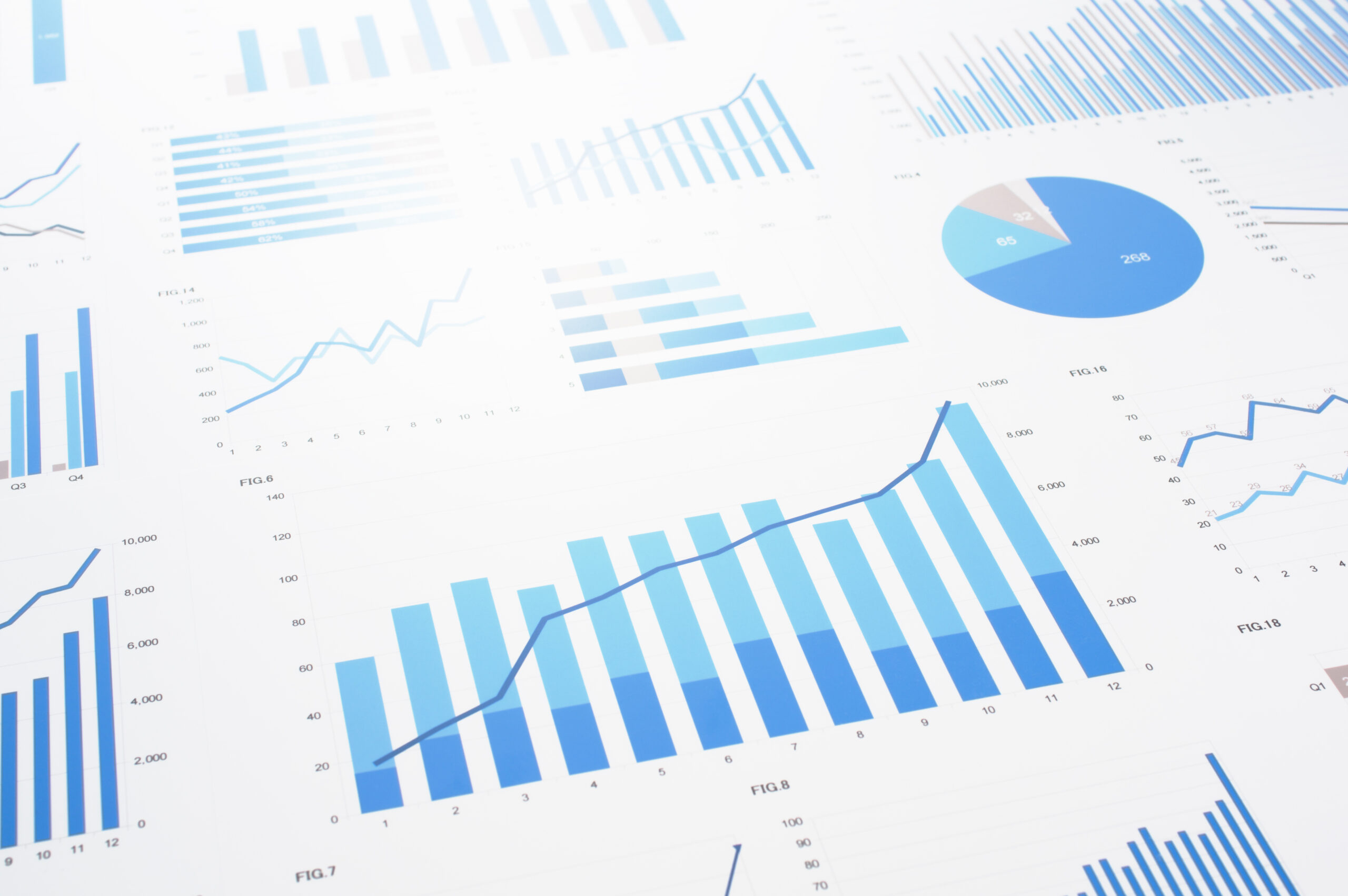Increasingly, procurement teams are recognized for their potential to create value for the business, from cost containment and efficiency improvements to resilience, ESG reform, and relationship management.
Predictive analytics (PA) is the use of data-driven insights to make procurement decisions. It requires collecting data on the company’s purchasing patterns, supplier information, and market conditions.
This article reviews the four types of data analytics procurement organizations should use and addresses the need for electronics companies to leverage predictive analytics.
The Four Types of Analytics Procurement Teams Should be Using
PAs are essential for modern procurement organizations because they provide detailed insights into the procurement process and supplier ecosystem to achieve the procurement department’s goals.
It utilizes statistical models and machine learning techniques to identify trends and patterns in the data to forecast future outcomes. By leveraging predictive analytics, organizations can anticipate demand, identify potential risks, and optimize their procurement processes for greater efficiency and cost savings.
1. Descriptive Analytics (DA)
DA focuses on past procurement data to understand what has already happened based on the data gathered at the time. For example, historical purchases, requisitions, purchase orders, invoices, tax receipts, and goods received notes (GRNs).
GRNs acknowledge the delivery of goods by a supplier and the customer’s receipt. They help procurement teams understand and manage historical data so they can identify trends, patterns, and risks.
DA is the simplest type of analytics to apply to procurement. However, it is essential when analyzing spending patterns, evaluating supplier performance, and incorporating purchasing behavior into a broader procurement strategy.
2. Diagnostic Analytics (DIA)
DIA is a more complex process than DA. Descriptive analysis focuses on the “what” of past procurement data, and diagnostic analytics go deeper to understand the “why.” They get at the root cause of a problem or situation that occurred in the past.
Diagnostic analytics help determine the causes of disruptions in the supply chain. By examining past and present data, diagnostic analytics can explore the cause of the supplier’s delay, for example, by providing insight into whether the event was an isolated incident or a recurring problem that might necessitate switching suppliers.
3. Predictive Analytics (PA)
As the name suggests, companies use predictive analytics (PA) to predict future events based on past and present data. By necessity, these tools tend to be more sophisticated than descriptive data and diagnostics. Processing vast quantities of data often employs artificial intelligence (AI) and machine learning (ML).
Used correctly, PAs identify future spikes in demand based on past trends, allowing procurement teams to adjust stock volumes and take other actions to avoid disruptions. Also, PAs can look at broader data sets, including publicly available information such as weather patterns, to identify potential disruptions along the supply chain that could harm procurement.
4. Prescriptive Analytics (PRA)
Prescriptive analytics (PRA) harnesses the potential of cutting-edge AI and machine learning (ML). Prescriptive analytics can analyze data, make predictions, and recommend a course of action based on the findings. PRL and ML capabilities enable organizations to respond rapidly to changing requirements and constraints.
Many use cases exist that merge predictive forecasting and simulation with prescriptive approaches. One example is predicting infection risks during surgery and instituting rules to mitigate the risks.
The use cases extend to forecasting product orders that optimize responses to fluctuating supply chain demands, which circumvents the use of flawed historical data.
Why Procurement Organizations Should Leverage Predictive Analytics
Since the 2020 pandemic, supply chain disruptions have become commonplace. Consequently, many procurement departments have fought against the current procurement practices and accepted that their internal processes need work.
There are good reasons companies should work toward adopting predictive analytics in procurement, otherwise known as predictive procurement.
The companies that have emerged victorious in the pandemic chaos are those that have made the shift from reactionary to proactive. Those who have failed to shift are likely to struggle for survival.
Alleviating supply chain disruptions requires understanding how and why shortages happen, the relationship between supply chain and procurement, and how the organization’s internal procurement processes can be structured and improved.
The Shift From Reactionary to Proactive Supply Chains
Procurement professionals cannot possibly digest the complexity of the machine-generated decision-making process and the vast amount of data generated daily.
However, by merging internal, historical data with external sources of insight, teams can control costs and improve outcomes by making more informed decisions. It is also possible to anticipate demand changes and how they affect supply and pricing.
Since the pandemic in 2020, supply chain disruptions have become more commonplace. Many procurement departments have discovered that their internal processes need work.
For many years, it has been argued that your company should work toward adopting predictive analytics in procurement, otherwise known as predictive procurement.
The companies that have emerged victorious in the pandemic chaos are those that made the shift from reactionary to proactive.
Those that have failed to shift are currently struggling to survive.
Understanding how and why shortages happen, along with the relationship between supply chain and procurement, and how the organization’s internal procurement processes can be structured and improved to alleviate supply chain disruptions are essential.
By merging internal, historical data with external sources of insight, procurement teams can control costs, anticipate demand changes and how they affect supply and pricing, and improve outcomes by making more informed decisions.
Once the predictive analytics are activated, visibility along the supply chain will improve, and managers will be able to make decisions faster and more efficiently.

